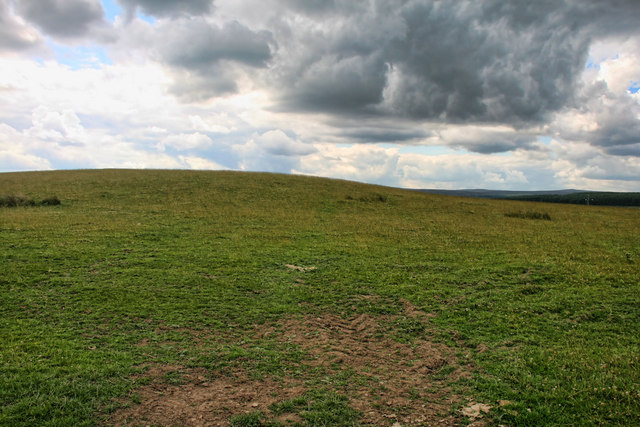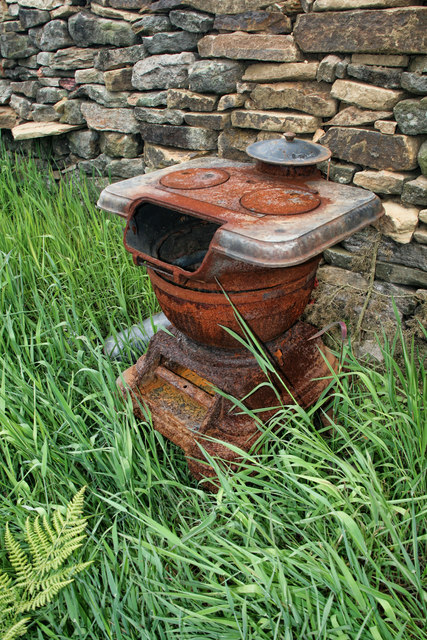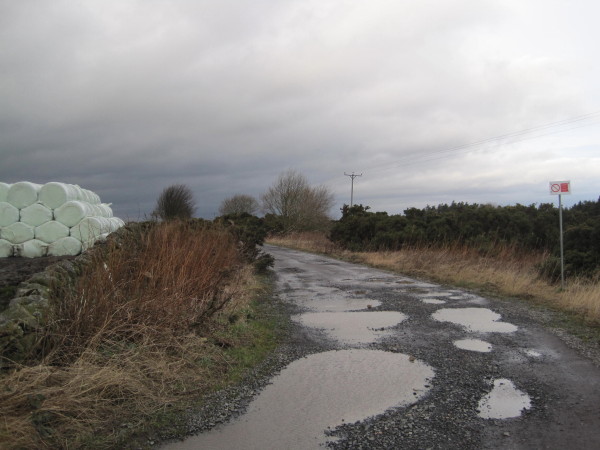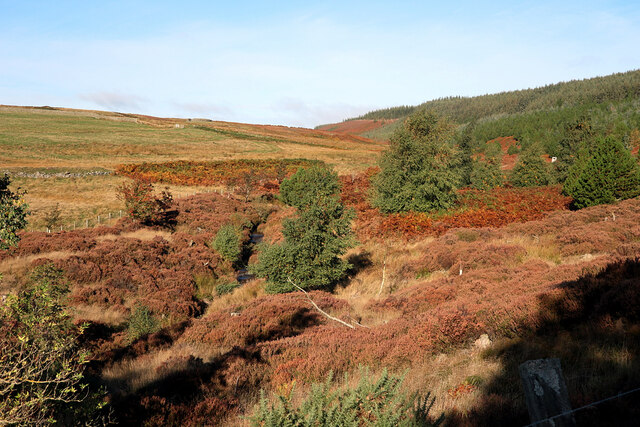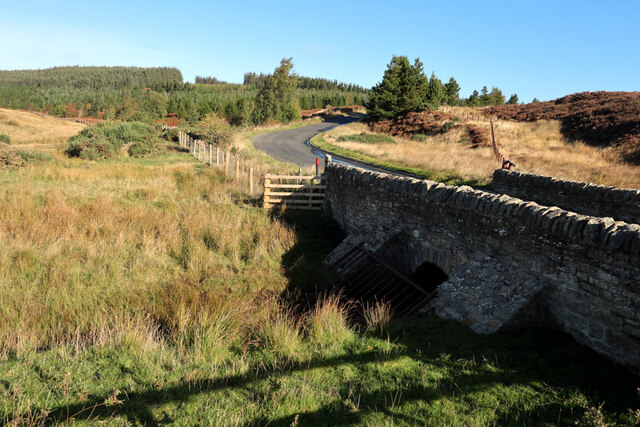Upper Fox Valley
Valley in Northumberland
England
Upper Fox Valley
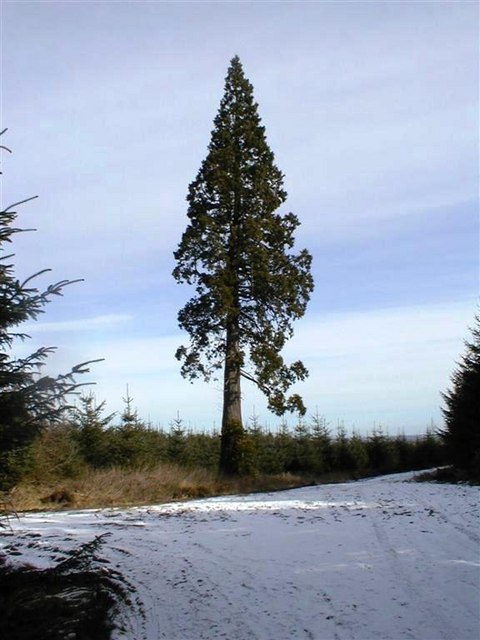
Upper Fox Valley is a small village located in the county of Northumberland, England. Situated in the picturesque area known as the Valley, the village is surrounded by stunning natural landscapes, including rolling hills, lush green fields, and meandering rivers.
The village is characterized by its peaceful and rural atmosphere, making it an ideal destination for those seeking a tranquil escape from the hustle and bustle of city life. The charm of the village lies in its quaint cottages and traditional architecture, which have been well-preserved over the years.
Upper Fox Valley is home to a close-knit community that prides itself on its strong sense of camaraderie and neighborly spirit. The villagers actively participate in various local events and activities, fostering a sense of togetherness.
The countryside surrounding Upper Fox Valley offers ample opportunities for outdoor enthusiasts. Hiking and walking trails can be found in the nearby Northumberland National Park, allowing visitors to explore the area's natural beauty. The village is also a popular spot for fishing, with the River Fox providing ample opportunities for anglers.
Despite its rural setting, Upper Fox Valley is conveniently located near several amenities. The nearby town of Alnwick offers a range of shops, restaurants, and leisure facilities, ensuring that residents have access to all necessary services.
In conclusion, Upper Fox Valley in Northumberland is a charming and idyllic village that offers a peaceful retreat amidst stunning natural beauty. With its warm community spirit and proximity to amenities, it is a place that is highly cherished by its residents and a delightful destination for visitors.
If you have any feedback on the listing, please let us know in the comments section below.
Upper Fox Valley Images
Images are sourced within 2km of 54.891393/-2.0272207 or Grid Reference NY9855. Thanks to Geograph Open Source API. All images are credited.
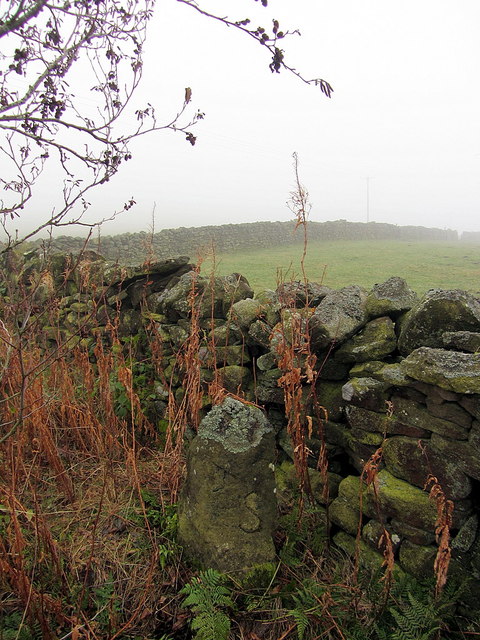
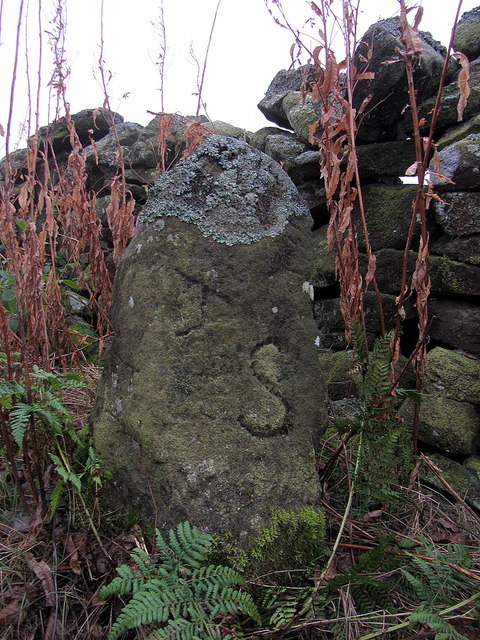
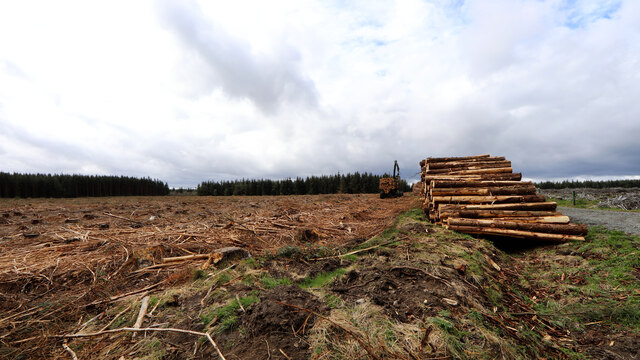
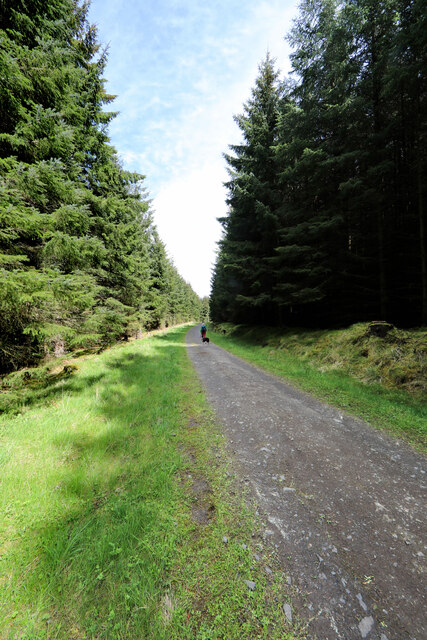
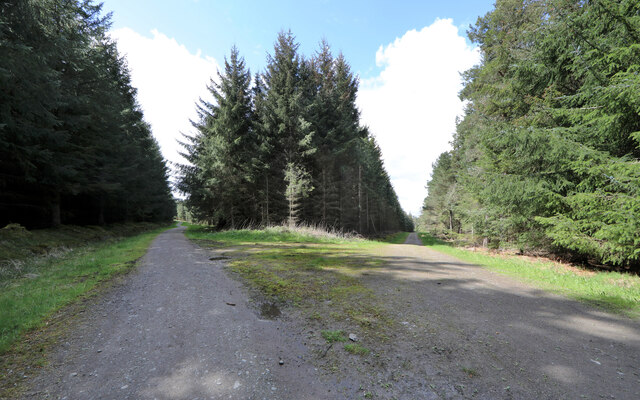
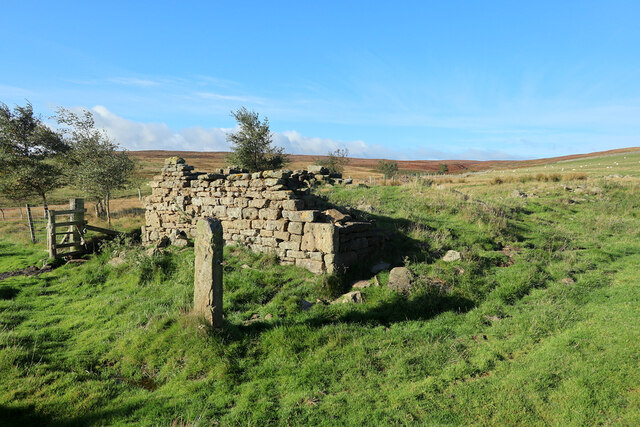
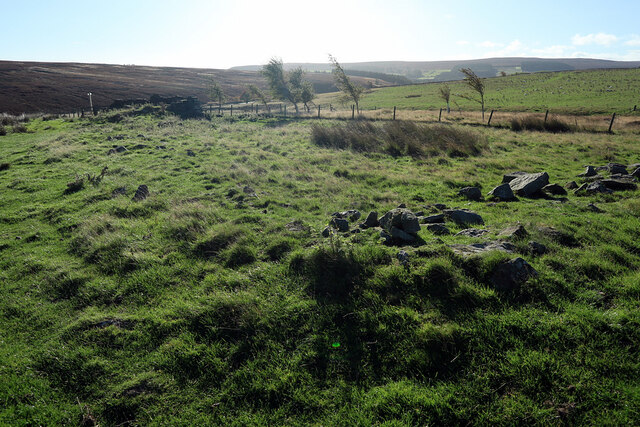
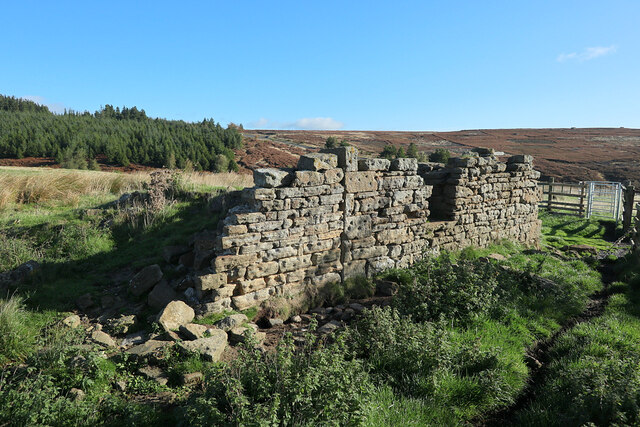
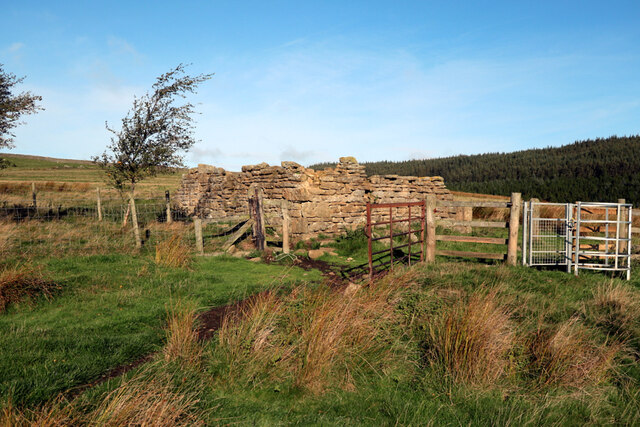
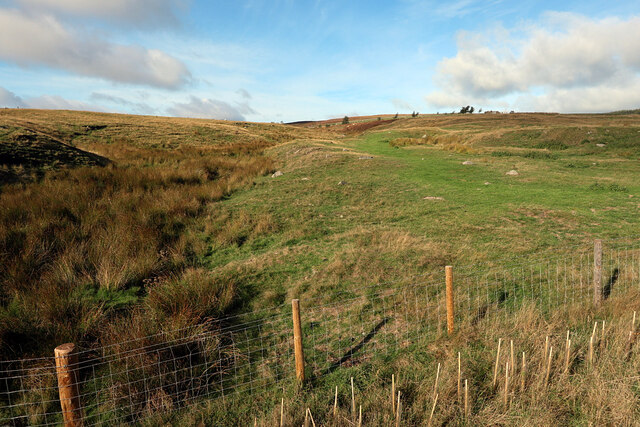
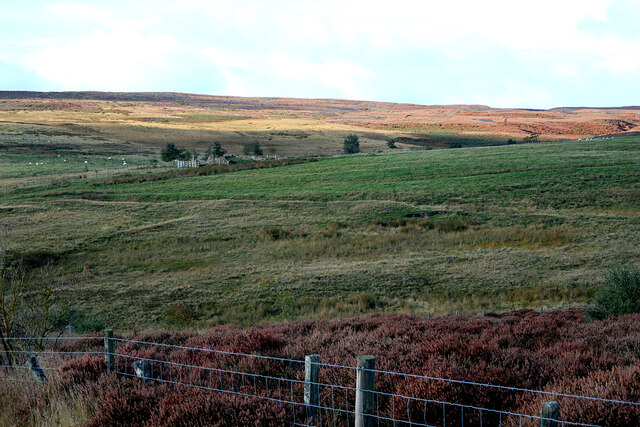

Upper Fox Valley is located at Grid Ref: NY9855 (Lat: 54.891393, Lng: -2.0272207)
Unitary Authority: Northumberland
Police Authority: Northumbria
What 3 Words
///glows.pace.frown. Near Slaley, Northumberland
Nearby Locations
Related Wikis
Colpitts Grange
Colpitts Grange is a hamlet in Northumberland, England. It is about 7 miles (11 km) to the south-east of Hexham. == Governance == Colpitts Grange is in...
Slaley Hall
Slaley Hall is a country house golf resort in Northumberland in North East England, built by local developers Seamus O'Carroll and John Rourke which hosted...
Slaley, Northumberland
Slaley is a village in Northumberland, England. It is situated to the southeast of Hexham. It is surrounded by the following villages: Ruffside, Whitley...
Derwent Reservoir (North East England)
The Derwent Reservoir is a reservoir on the River Derwent, on the border between County Durham and Northumberland, in England. It is west of Consett. It...
Minsteracres
Minsteracres is an 18th-century mansion house, now a Christian retreat centre, in Northumberland, England. It is a Grade II listed building.The house was...
Pow Hill Bog
Pow Hill Bog is a Site of Special Scientific Interest in the Wear Valley district of County Durham, England. It lies alongside Derwent Reservoir, approximately...
Healey, Northumberland
Healey is a rural estate and civil parish in Northumberland, England, situated between Riding Mill to the north and Slaley to the south. The neo-Norman...
Blanchland Abbey
Blanchland Abbey at Blanchland, in the English county of Northumberland, was founded as a premonstratensian priory in 1165 by Walter de Bolbec II, and...
Have you been to Upper Fox Valley?
Leave your review of Upper Fox Valley below (or comments, questions and feedback).
